Tepco Confirmed Meltdowns at 2 more Fukushima Reactors
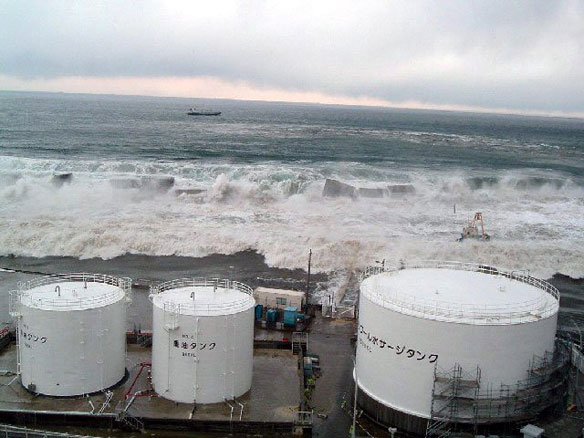
The moves came as a team of investigators from the International Atomic Energy Agency began a two-week visit to Japan to prepare a report on the accident to be submitted to the United Nations agency in June. Some analysts said the delay in confirming the meltdowns at Fukushima suggested the utility feared touching off a panic by disclosing the severity of the accident earlier.
Japan Earthquake Could Raise Concerns Elsewhere

Scientists sifting through data from the great Japan earthquake in March are uncovering surprises that may raise concerns nearby. This earthquake shifted seafloor by 79 feet: the largest slip ever recorded.
The Cherry Blossoms will Soon Be Blooming: Japan’s Recovery Efforts in the Wake of the 2011 Tsunami, by Mark Edward Harris
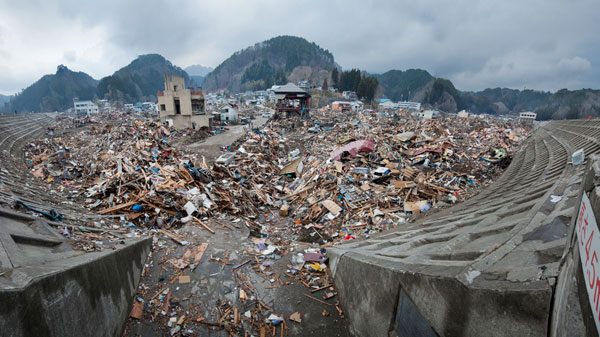
Japan was rocked by the strongest earthquake in its recorded history on the afternoon of March 11, 2011. Yet it was the ensuing tsunami that brought the most devastation. A poignant testimony, written and photographed by Mark Edward Harris.
Quake shifted Japan; towns now flood at high tide
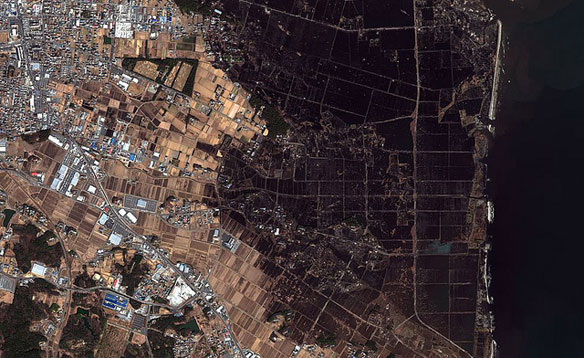
The March 11 earthquake that hit eastern Japan was so powerful it pulled the entire country out and down into the sea. The mostly devastated coastal communities now face regular flooding, because of their lower elevation and damage to sea walls from the massive tsunamis triggered by the quake. Scientists say the new conditions are permanent.
Fukushima Parents Protest Over New Permissible Radiation Levels

Japanese children can now be exposed to 20 times more radiation than was previously permissible. The new regulations and new standard of 20 millisieverts a year, equivalent to the annual maximum dose for German nuclear workers, have prompted outcry.
Japan’s irradiated waters: How worried should we be?

For the oceans, this is the largest accidental release of radiation we have ever seen.
Tsunami Warnings, Written in Stone
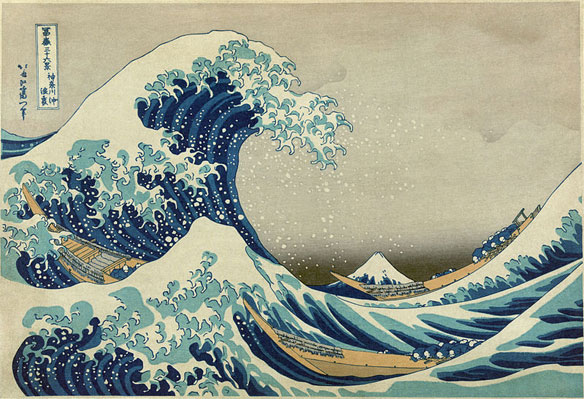
Hundreds of so-called tsunami stones, some more than six centuries old, dot the coast of Japan, standing in silent testimony to the past destruction that these lethal waves have frequented upon this earthquake-prone nation. But modern Japan, confident that advanced technology and higher seawalls would protect vulnerable areas, came to forget or ignore these ancient warnings, dooming it to repeat bitter experiences when the recent tsunami struck.
Japan Quake Caused Surprisingly Severe Soil Collapse
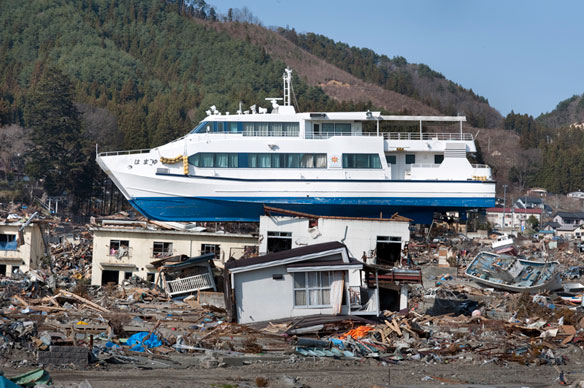
Near coastlines, harbors and rivers, earthquakes can make the wet, sandy soil jiggle, turning it temporarily from a solid to a liquid state, a process known as liquefaction. Japan’s soil liquefaction occurred over hundreds of miles, surprising even experienced engineers who are accustomed to seeing disaster sites, including from the recent earthquakes in Chile and New Zealand.
Asia Nuclear Reactors Face Tsunami Risk
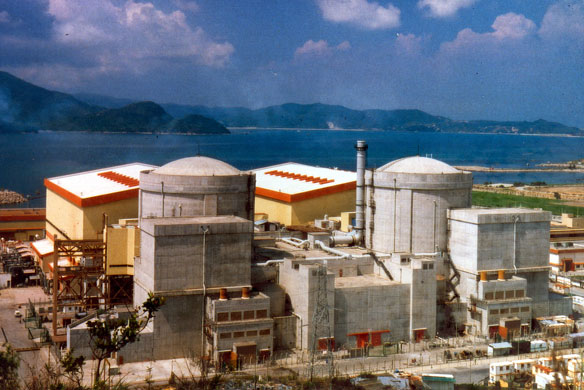
Asia, the world’s most seismically charged region, is undergoing a nuclear renaissance as it struggles to harness enough power for its huge populations and booming economies. The skeleton of what will soon be one of the world’s biggest nuclear plants is slowly taking shape along China’s southeastern coast, right on the doorstep of Hong Kong’s bustling metropolis. Like Japan’s Dai-ichi plant they lie within a few hundred miles of the type of fault known to unleash the largest tsunami-spawning earthquakes.
